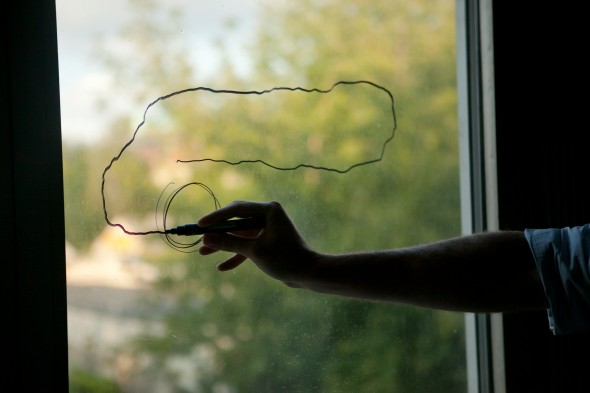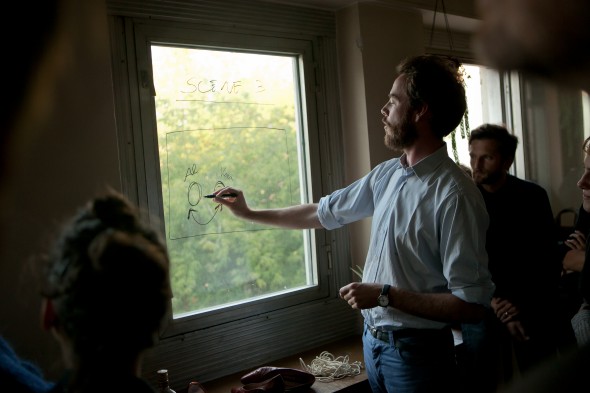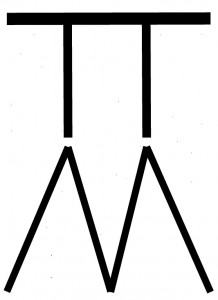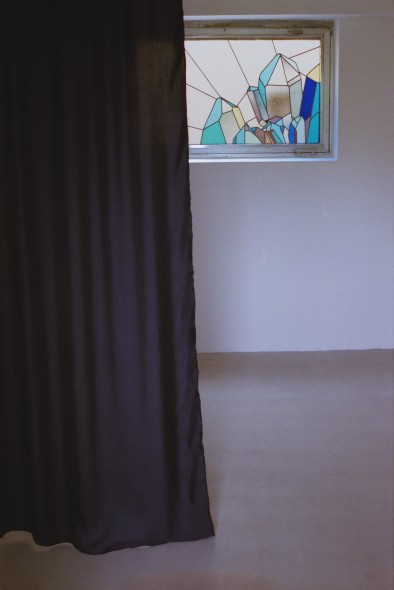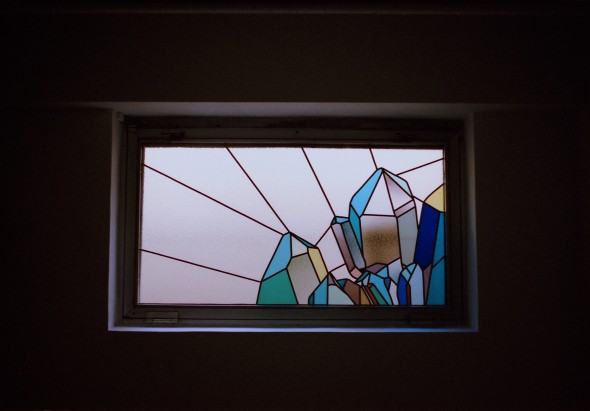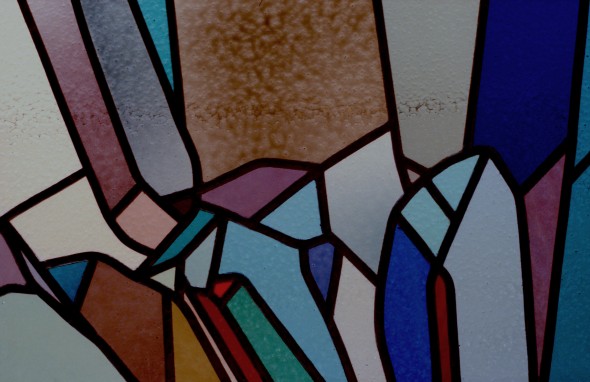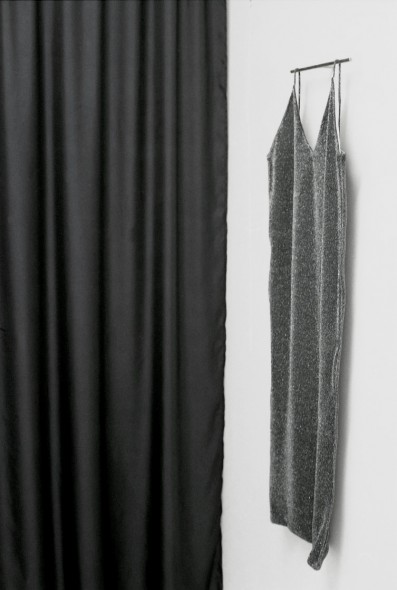Solo Show by Antanas Gerlikas The Picnic at Art in General (NYC)

The Gardens are pleased to announce a solo exhibition by Lithuanian artist Antanas Gerlikas The Picnic, on view at Art in General’s Musée Miniscule from September 21 – October 19, 2013. The Picnic marks the first exhibition in a yearlong curatorial residency of The Gardens at Art in General.
The Picnic stems from a double source – modernist imagination and labor. Gerlikas employs the most traditional materials of modern sculpture, wood and brass, which require specific knowledge and meticulous hand production even if the three pieces obdurately resemble found objects, either from nature or distant cultures. The artworks in the exhibition travel through time, encompassing Brancusi-like forms and futuristic velocity of thought and movement that only a sculptor can dream.
The Picnic verges on the quotidian – be it a musical instrument, a stick, or a signature – the pieces hinting at their resemblance to existing prototypes in the world. It is a collection of quasi-objects, which as French philosopher Michel Serres asserts are not quite natural, nor quite social. “As if though I would be carving a chair and would make a move, a slight change in the direction of producing it, and in the end it would be a chair and at the same time something else,” says Gerlikas. An artist attempts to craft objects, which would not exist in a world before. Though the very instant that an object comes into sight, it bears a meaning and a function. Imagine a strange object found in an archeological expedition, instantly brought back to life because someone names its technology and recalls what it is. With The Picnic Gerlikas welcomes a viewer for meeting, sharing and noncommittal socializing while recognizing the objects on a black table and next to it as an exercise or a technique for keeping an individual memory inscribed and passed over.
Curated by Inesa Pavlovskaite
Antanas Gerlikas (b. 1978) is an artist living and working in Vilnius, Lithuania. He studied Fine Glass and later sculpture at Vilnius Academy of Arts. Recent exhibitions and projects include: Waif Shadow, Objectif Exhibitions, Antwerp, Belgium (2013), Project 35: Volume 2, Art Gallery of Windsor, Ontario, Canada (2013), Audit, CAC, Vilnius, Lithuania (2012), The Museum Problem, Frutta Gallery, Roma, Italy (2012).
Art in General is a nonprofit organization that assists artists with the production and presentation of new work. Art in General was founded in 1981 and in its 30 years, the organization has emerged as one of New York City’s leading nonprofit arts organizations. Art in General fulfills its mission in a variety of ways, including the organization and presentation of exhibitions, hosting a national and international artist residency program, and through regular public programs and membership events.
Opening is on Saturday, September 21, 6-8 pm.
Art in General, 79 Walker St., NYC.
Photo
The volume of the mouvement, 2013
Musical Instrument, 2013

The volume of the mouvement, 2013
Musical Instrument, 2013
Untitled (the movement that didn’t have a dog and a stick around it), 2012





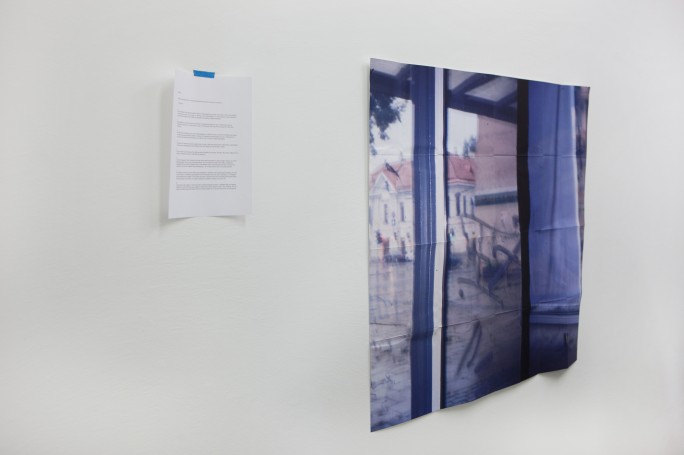



















 Lara Favaretto, DOVE VA LA STRADA VA LO STESSO, 2006
Lara Favaretto, DOVE VA LA STRADA VA LO STESSO, 2006

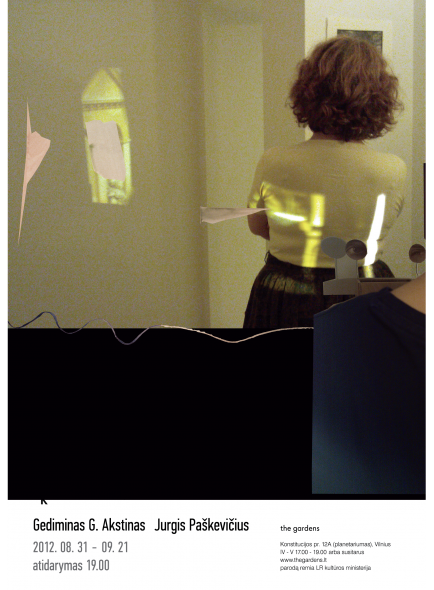
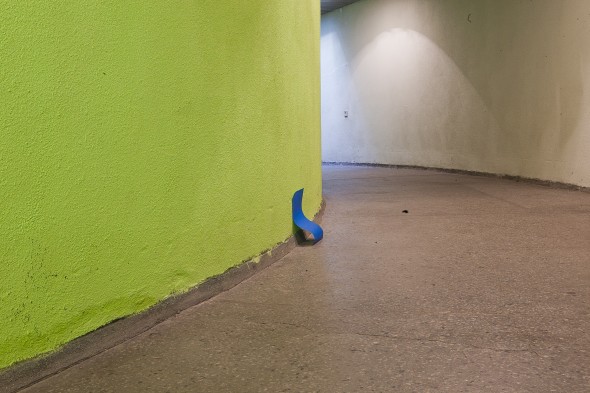 Gediminas G. Akstinas, Wish from the Idea, 2012
Gediminas G. Akstinas, Wish from the Idea, 2012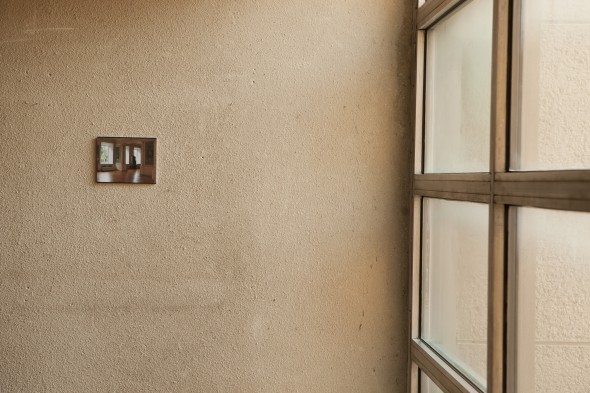 Gediminas G. Akstinas, Untitled, 2012
Gediminas G. Akstinas, Untitled, 2012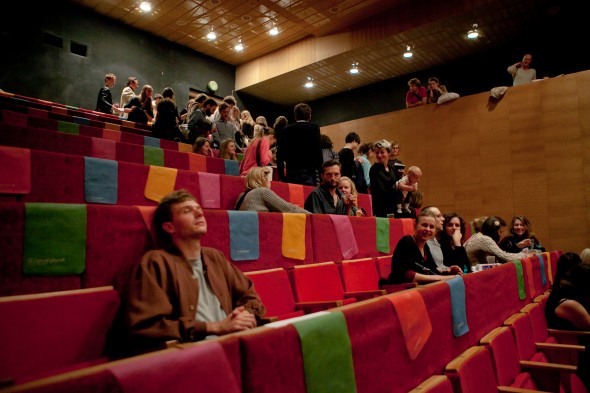 Gediminas G. Akstinas, Screening of the shot, 2012
Gediminas G. Akstinas, Screening of the shot, 2012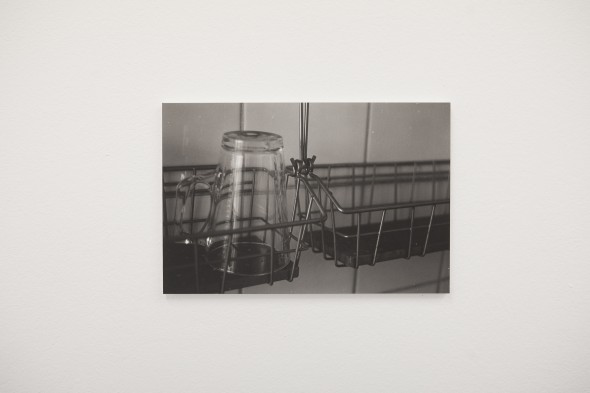 Jurgis Paškevičius, Look-alike, 2012
Jurgis Paškevičius, Look-alike, 2012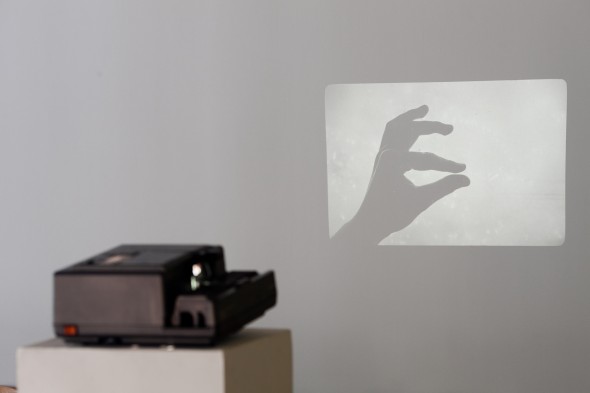
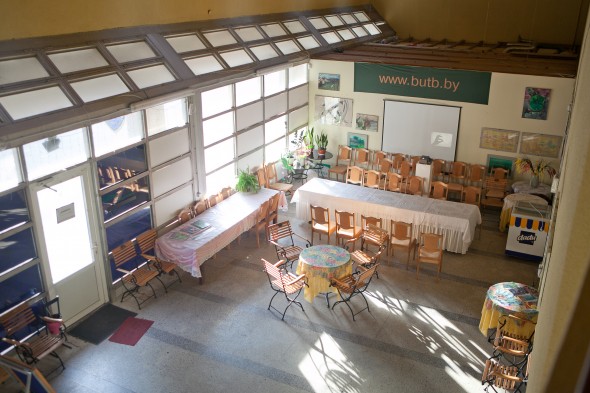 Jurgis Paškevičius, Fonts, 2012
Jurgis Paškevičius, Fonts, 2012

